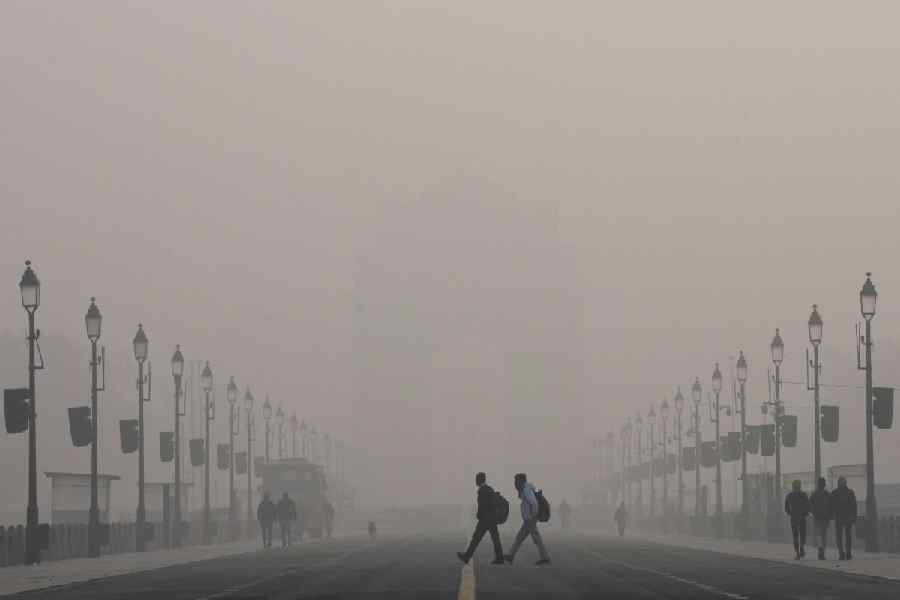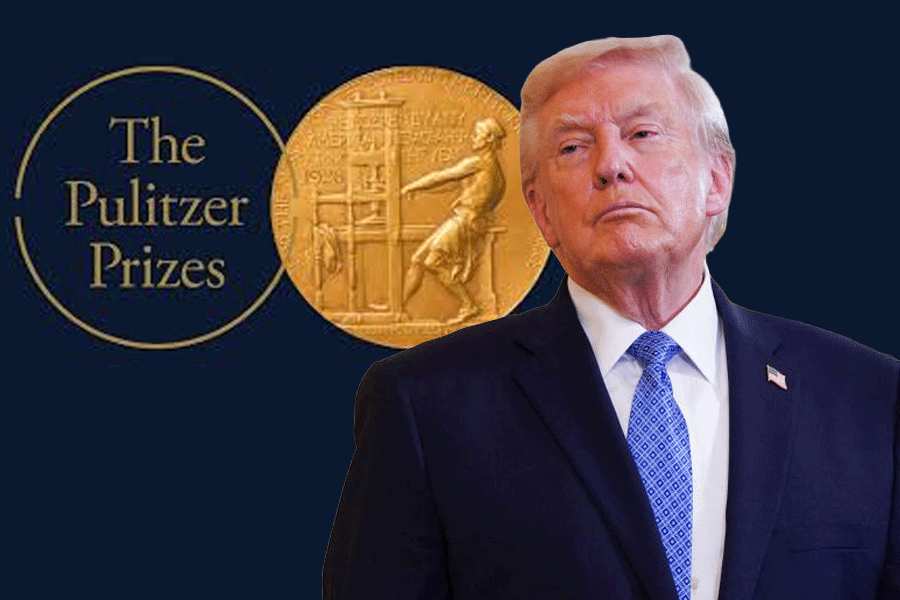 |
The Nobel laureate doesn’t own a car but rides a bicycle! said the Indian newspapers when I was thrust into the limelight a few years ago. Even as children, we used our bicycles to get to school and meet friends in my hometown of Vadodara.
Except for the 12 years I lived on Long Island, I had simply continued that lifestyle in America and England. Here in Cambridge, the bicycle is the most common mode of transportation. My cycling to work is a pleasure, not a burden.
It invigorates me on my way to work and relieves me of stress on the way home. So my immediate reaction was one of puzzlement: Why did the Indian media consider my cycling remarkable?
I should have known better. When I visited Vadodara in 2005 for the first time in two decades, I had the naïve idea of renting a bicycle and checking out my old haunts. But in those two decades, Indian cities had exploded. Their infrastructure has not been able to keep pace with the change, so they are choking with traffic, making it extremely hazardous for cyclists. This in turn has made bicycles all but disappear, so that only the poor who cannot afford a motorised vehicle generally use one.
At my old university, I found that nearly all the bicycles at the stands on campus and in the student hostels had been replaced by motorcycles.
“India in Reverse” was the headline of a recent editorial in The New York Times on the state of the Indian economy. But it could equally apply to its vision for cities. Ironically, just when cities like London, New York and Paris have realised the errors of the past and are now encouraging cyclists by providing special bike lanes and routes and easily rentable cycles that can be picked up and dropped off at numerous points, cities like Kolkata have taken to banning cyclists from their main roads.
The official excuse is that a mixed traffic is a danger to cyclists. However, the solution is not to ban cyclists but to make the streets safer for them and to provide reasonable alternative routes for them.
When motorways are built in Britain, they are certainly off limits to cyclists. But they ensure that bicycle routes are not disrupted by motorways, even to the extent of building special cycling bridges over them.
Bicycles take up little space and many more of them can be accommodated on roads. They are cheap, impose little wear and tear on the road, have a lower dependence on increasingly expensive foreign oil and do not contribute to the increasing pollution in Indian cities. The exercise they provide could help counter the huge increase in obesity and diabetes.
I suspect that the indifference or even contempt towards cyclists has its roots in the increasing segregation of the well-off from the rest of India.
The prosperous classes have effectively seceded from the masses, as pointed out by Arundhati Roy. They live in their own private bubbles, never encountering public spaces let alone the public.
They go from their home into their car from which they leave their gated compound, only to emerge in an equally private space, whether it is their place of work or their club, a restaurant or a friend’s home. They never encounter the general public except as people to serve them as domestic servants, waiters, shop attendants, etc.
They only observe the streets through the windows of an air-conditioned car, or perhaps from a speeding motorcycle. If advertisements are to be believed, they don’t even look like the masses, but rather like tanned Westerners. They certainly do not bicycle. And given the poor infrastructure and the condition of the streets, who can blame them?
By abandoning the larger society, the well-off in India are impoverishing themselves. They may live in luxurious, well-equipped homes, but their world has shrunk dramatically into a self-made prison.
In contrast, my daily life is far better than anything most very rich people in India could afford. I can step outside my modest but comfortable home and walk through beautiful meadows into town, where there are numerous gardens, riverbanks and other public spaces, all clean and pleasant.
I encounter millionaires, academics and blue-collar workers all enjoying themselves. Their enjoyment does not preclude mine and we have all become wealthier by sharing our city. That kind of life cannot just be bought but takes broad-based civic sense and participation.
Indian cities continue to expand at a tremendous rate. To provide a decent environment for the millions who inhabit them, governments will not only have to learn from the experience of the West but also not make the same mistakes. Promoting cycling and other energy-efficient and clean transportation should be an essential ingredient of city plans, whereas making cycling more difficult is a giant step backwards.











